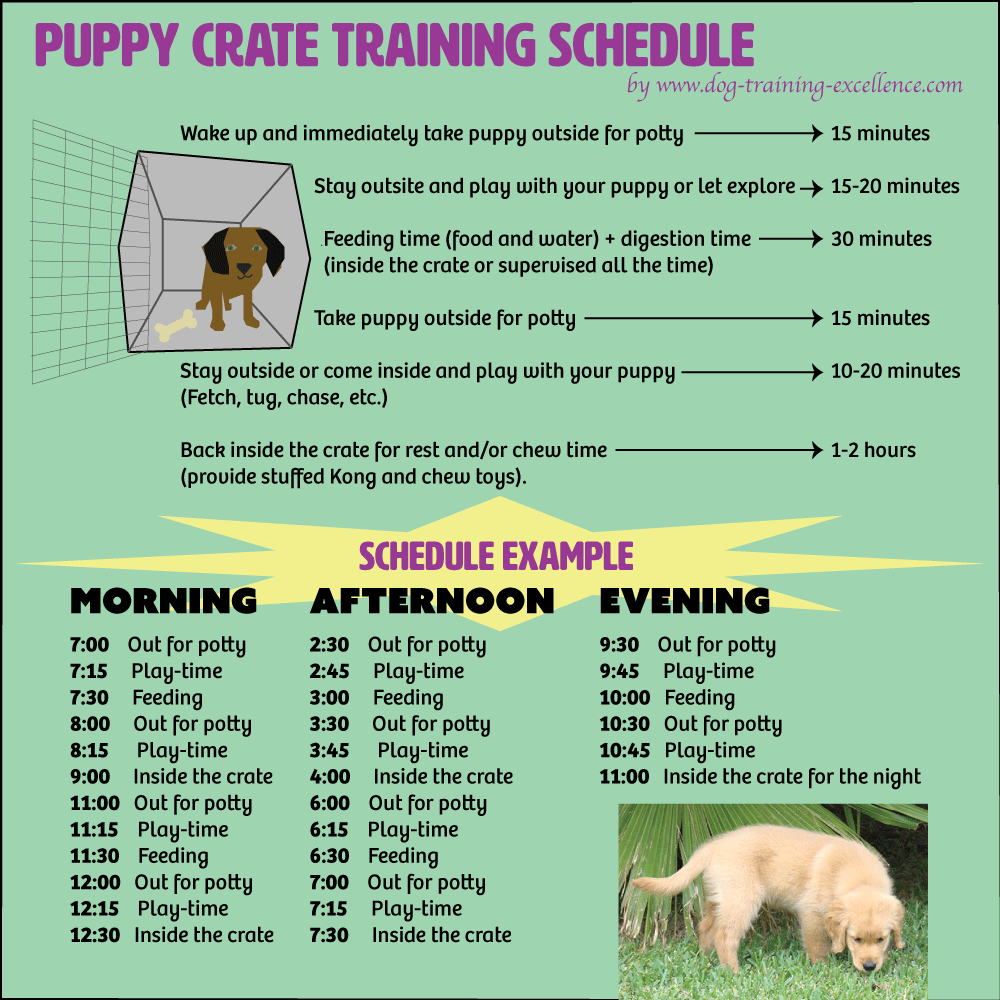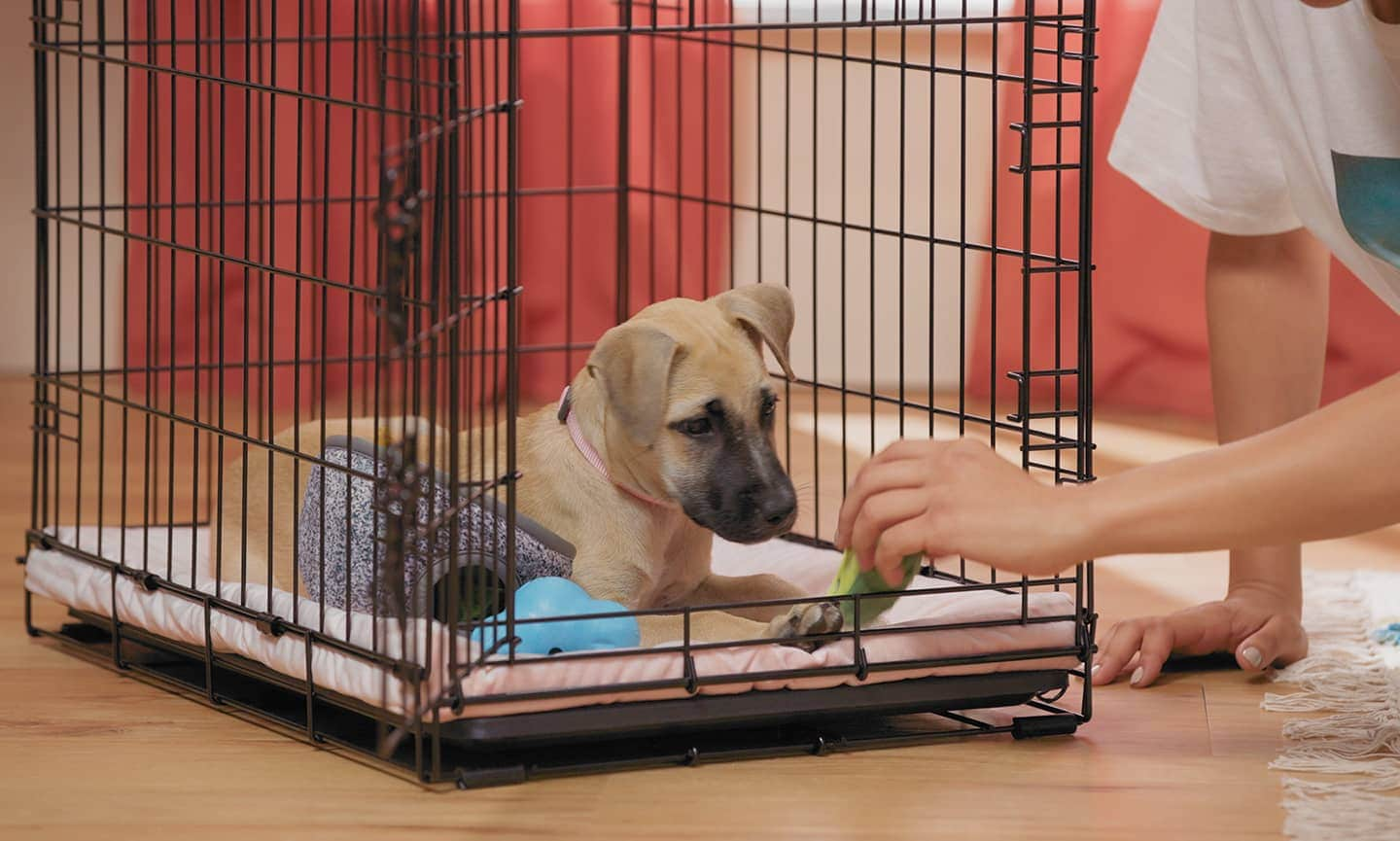how long do you crate train a dog
How Long Do You Crate Train a Dog?
Crate training is a popular and effective way to housebreak your dog, teach them basic obedience, and make them feel more secure. But how long should you crate train a dog?
The answer to that question depends on a few factors, including your dog's age, breed, and individual personality. However, there are a few general guidelines you can follow to crate train your dog for success.
1. Start crate training early
The best time to start crate training your dog is when they are still a puppy. Puppies are more adaptable than adult dogs, and they are more likely to accept crate training as a normal part of their lives.
If you adopt an adult dog, you can still crate train them, but it may take a little more time and patience.
2. Choose the right crate
The size of the crate is important. The crate should be big enough for your dog to stand up, turn around, and lie down comfortably. However, it should not be so large that your dog can create a mess and then just move away from it.
You can find a variety of different types of crates, including plastic crates, wire crates, and soft-sided crates. The type of crate you choose is a personal preference. However, wire crates are often the most recommended type for crate training because they allow for good airflow and visibility.

3. Prepare your dog for crate training
Before you start crate training your dog, there are a few things you can do to prepare them.
First, make sure the crate is in a quiet, comfortable area of your home. You don't want your dog to associate the crate with noise or activity.

Second, put some comfortable bedding in the crate. This will make your dog feel more at home.
Third, give your dog some treats or toys in the crate. This will help them to associate the crate with good things.
4. Start crate training gradually
When you first start crate training your dog, you should only put them in the crate for short periods of time. Gradually increase the amount of time your dog spends in the crate as they get used to it.
You can also start by feeding your dog in the crate. This will help them to associate the crate with food, which is a positive thing.
5. Be patient and consistent

Crate training takes time and patience. Don't get discouraged if your dog doesn't get it right away. Just keep at it, and eventually, your dog will learn to love their crate.
Here are some additional tips for crate training your dog:
- Never use the crate as punishment. The crate should be a safe and comfortable place for your dog, not a place to be afraid.
- Make sure your dog has plenty of opportunities to go outside to relieve themselves. If your dog has to go to the bathroom, they will not be able to hold it in and will likely have an accident in the crate.
- Don't leave your dog in the crate for too long. A puppy can only hold their bladder for about 2 hours, while an adult dog can hold it for up to 8 hours. If you need to leave your dog in the crate for longer than this, make sure they have access to water and take them outside to go to the bathroom before you leave.
- Be positive and encouraging. When your dog is in the crate, talk to them in a calm, soothing voice. Give them treats and praise when they stay in the crate for a long period of time.

With patience and consistency, you can crate train your dog to be a well-behaved member of your family.
How Long Does Crate Training Take?
The amount of time it takes to crate train your dog will vary depending on the individual dog. However, most dogs will be fully crate trained within a few weeks.

If you are struggling to crate train your dog, you may want to consider hiring a professional trainer to help you. A trainer can assess your dog's individual needs and create a customized training plan that will help you achieve success.
Benefits of Crate Training
Crate training can provide a number of benefits for dogs, including:
/crate-training-puppies-2805067_v2-5be49c54c9e77c0051442812.png)
- Housebreaking. Crate training can help your dog to learn to control their bladder and bowels. When your dog is in the crate, they will not want to soil their living space, so they will learn to hold it until they are let out.
- Obedience. Crate training can help your dog to learn basic obedience commands, such as "stay" and "come." When your dog is in the crate, they are less likely to be distracted by other things, so they will
Thank you for exploring our website by how long do you crate train a dog. Your presence fuels our commitment to excellence. Come back for a more enriching experience!
